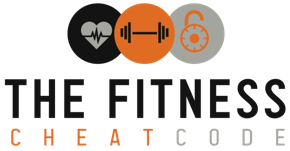Creatine Monohydrate
By James Tsitas on 19 May 2021
Background
Creatine Monohydrate is a supplement that has been shown to positively increase muscle size, strength, myosin heavy chain expression (muscle contraction speed), weightlifting and sprinting performance etc. (2). By choosing to supplement your diet with this ‘safe, effective and legal’ substance research shows your performance and lean muscle mass will increase. Some people suggest that “There is creatine in red meat. So, why don’t you just eat that?” However, there is only approximately 350mg of creatine per 100g of red meat (3). During the loading phase of creatine (3-5 days), some researchers suggest consuming approx. 0.3 g/kg/day of creatine (1). This would mean that a 100kg powerlifter during the loading phase would have to consume 30g of creatine per day. If they took the red meat option that would mean they would have to eat approximately 850g of red meat per day to optimally load their skeletal muscle creatine stores. This is obviously very inconvenient.
Directions of use
The quickest method of increasing muscle creatine stores is to consume 0.3 grams of creatine, per kilogram you weigh, per day, for 5 days. That is, if you weigh 80kg, you would need 24 grams of creatine during the loading phase (5 days). Following these 5 days, a maintenance dosage can be undertaken for 3-4 weeks with 0.03 g/kg/day being recommended (2.4 grams per day for an 80kg person).
It is recommended that the loading phase dosage is spread out across 4 different meals. For skeletal muscle uptake is also best if creatine is ingested following exercise and accompanied by carbohydrate.
1. Naderi A, de Oliviera E, Ziegenfuss TN, and Willems ME. Timing, optimal dose and intake duration of dietary supplements with evidence-based uses in sports nutrition. Journal of Exercise Nutrition & Biochemistry, 2016.
2. Volek JS and Rawson ES. Scientific basis and practical aspects of creatine supplementation for athletes. Nutrition 20: 609-614, 2004.
3. Williams P. Nutritional composition of red meat. Nutrition & Dietetics 64: S113-S119, 2007.

